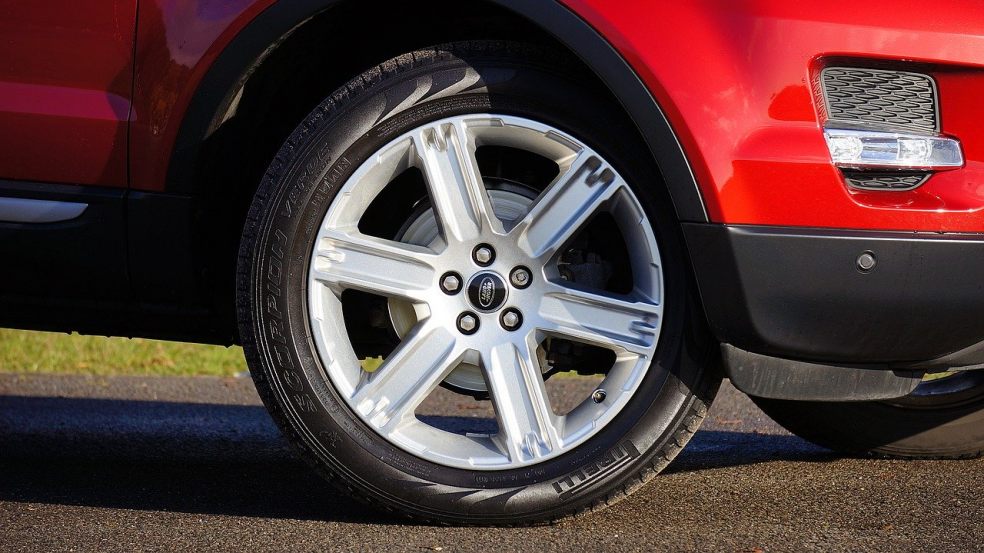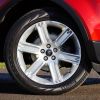
Are your tyres fit to drive?
The weight of our vehicle is actually carried by the air in our tyres. Many of us miss out the fact that changing weather can have a direct impact on our tyre pressure and eventually our tyre performance. For example, when the temperature is high, tyre pressure increases whereas, when the temperature is low, tyre pressure decreases. Hot weather and increased tyre pressure can result in tyre blowouts. Whereas, low pressure in tyres can result in increased fuel consumption. Therefore, changing weather will always have its consequences.
Some other factors that may also play a role in affecting tyre pressure and performance are sun exposure, tyre temperature and punctures. To ensure that your tyres are always ready to be on the road even during this changing weather, continue reading!
Check Tyre Pressure
The following five warnings will indicate that you need air in your tyres!
- Low pressure readings
- A flat tyre
- Increased fuel consumption
- Vibration in the steering wheel
For your tyres to function smoothly on road, tyre pressure should be between 30-35 PSI. You can also check the manufacturer’s sticker in your car to know the correct tyre pressure. Visit a garage nearby if you feel that your tyres are giving any of the above stated warning signs. If you need car tyres in Northampton? Stop searching elsewhere and visit Calmac Northampton website now! They offer an amazing range of tyres, that too at the best prices in town. Book with them now!
Tyre Repair - When Do I Need It?
Tyre Repair can be needed when your tyre tread is below 1.6mm. Driving along with tyres below 1.6mm is considered illegal and unsafe in UK. A common way of checking your tyre tread is to insert a coin into the lowest tread depth of your tyres. If you can’t see the outer rim around the edge of the coin, then your tyres have a minimum of 3mm tread depth. Whereas, if you can see the rim then your tread depth is below 3mm and should be checked immediately.
Another reason for which a tyre repair may be required is a puncture. Punctures can be of two types; slow and rapid punctures. Slow punctures are easily identifiable when inspected correctly. Examples are deflated tyres, dirt or mud stuck on the surface or damaged sidewall.
Rapid punctures are also easily noticeable as they greatly affect your driving experience. They can cause your vehicle to get out of control or you can witness your tyre quickly losing its air pressure.
If you’re facing any of the above stated condition, travel to your nearest garage and get it fixed right away!
Consistently checked tyres go a long way!
Your tyres should be checked on a regular basis. Special care should be taken in changing weathers. Tyre pressure should be checked monthly and a visual examination of the tyre should be done after every drive. In the long term, your tyres need a thorough examination after every 5 years to ensure that they’re safe to travel with. Also, consider changing your tyres after 10 years of your tyre manufacturing date even when it shows no signs of damage or wear out. These measures will ensure that you’re travelling with safe and roadworthy tyres.














